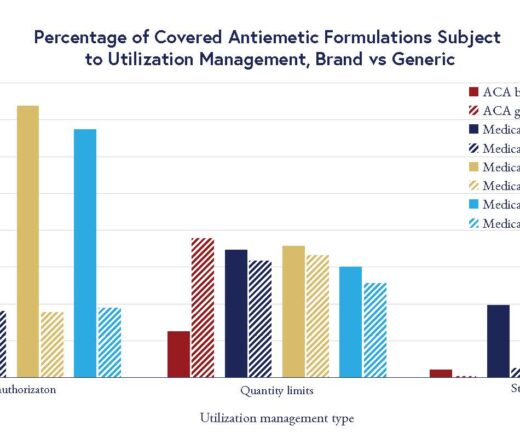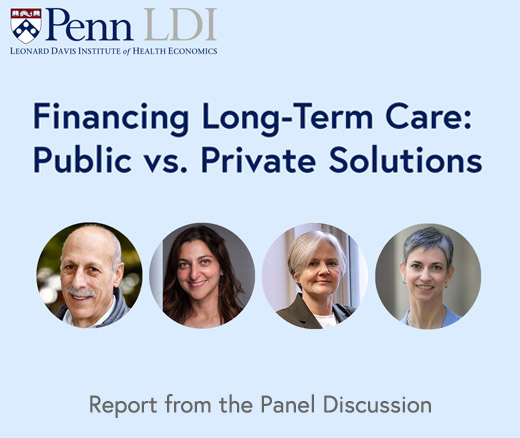
How Republicans Could Fashion a Practical Option to Obamacare
An LDI Expert Offers Three Recommendations That Address Core Criticisms of the ACA’s Model
Blog Post
The idea of “nudges” to improve clinical decision-making is appealing, but which ones actually work? In a systematic review in BMJ Open, Briana Last, Alison Buttenheim, Nandita Mitra, Rinad Beidas, and colleagues find that the most effective nudges tend to be the most assertive ones, often changing default options or reducing decisions to a limited set of choices.
Nudges alter the way choices are presented, to overcome predictable errors in decision-making. They can be more or less potent, as shown in the “ladder” (Figure 1) based on Mitesh Patel’s adaptation of the Nuffield of Bioethics’ “intervention ladder.” Stronger interventions that limit clinicians’ choice are on higher rungs and more passive interventions that provide information or reminders are on lower rungs.

In their review of 39 studies, the authors found that nudges were generally effective: most nudges (73%) studied significantly improved clinical decisions. Nudges that changed default options (such as lowering the number of opioid prescription pills) or enabled choice through an “active opt-out” model were most effective. Nudges that framed information for clinicians (such as peer-comparison interventions) were also largely effective. On the other hand, nudges that provided information to the clinician through reminders did not significantly change clinician behavior.
As the world of behavioral economics and nudges continues to expand—just look to the Penn Medicine Nudge Unit—health systems and clinicians will need guidance on the type of nudge to implement, how to scale effective ones, and how nudges may interact in a clinical setting. This systematic review adds to the growing science around how nudges can improve clinical practice.
The study, Systematic Review of Clinician-Directed Nudges in Healthcare Contexts, was published in BMJ Open. Authors include Briana S. Last, Alison M. Buttenheim, Carter E. Timon, Nandita Mitra, and Rinad S. Beidas.


An LDI Expert Offers Three Recommendations That Address Core Criticisms of the ACA’s Model

Administrative Hurdles, Not Just Income Rules, Shape Who Gets Food Assistance, LDI Fellows Show—Underscoring Policy’s Power to Affect Food Insecurity

Chart of the Day: LDI Researchers Report Major Coverage Differences Across ACA and Medicaid Plans, Affecting Access to Drugs That Treat Chemo-Related Nausea

A Penn LDI Virtual Panel Looks Ahead at New Possibilities

Insurers Avoid Counties With Small Populations and Poor Health but a New LDI Study Finds Limited Evidence of Anticompetitive Behavior

The Evidence Suggests a Ban on Ads May Not Be A Well-Targeted Solution